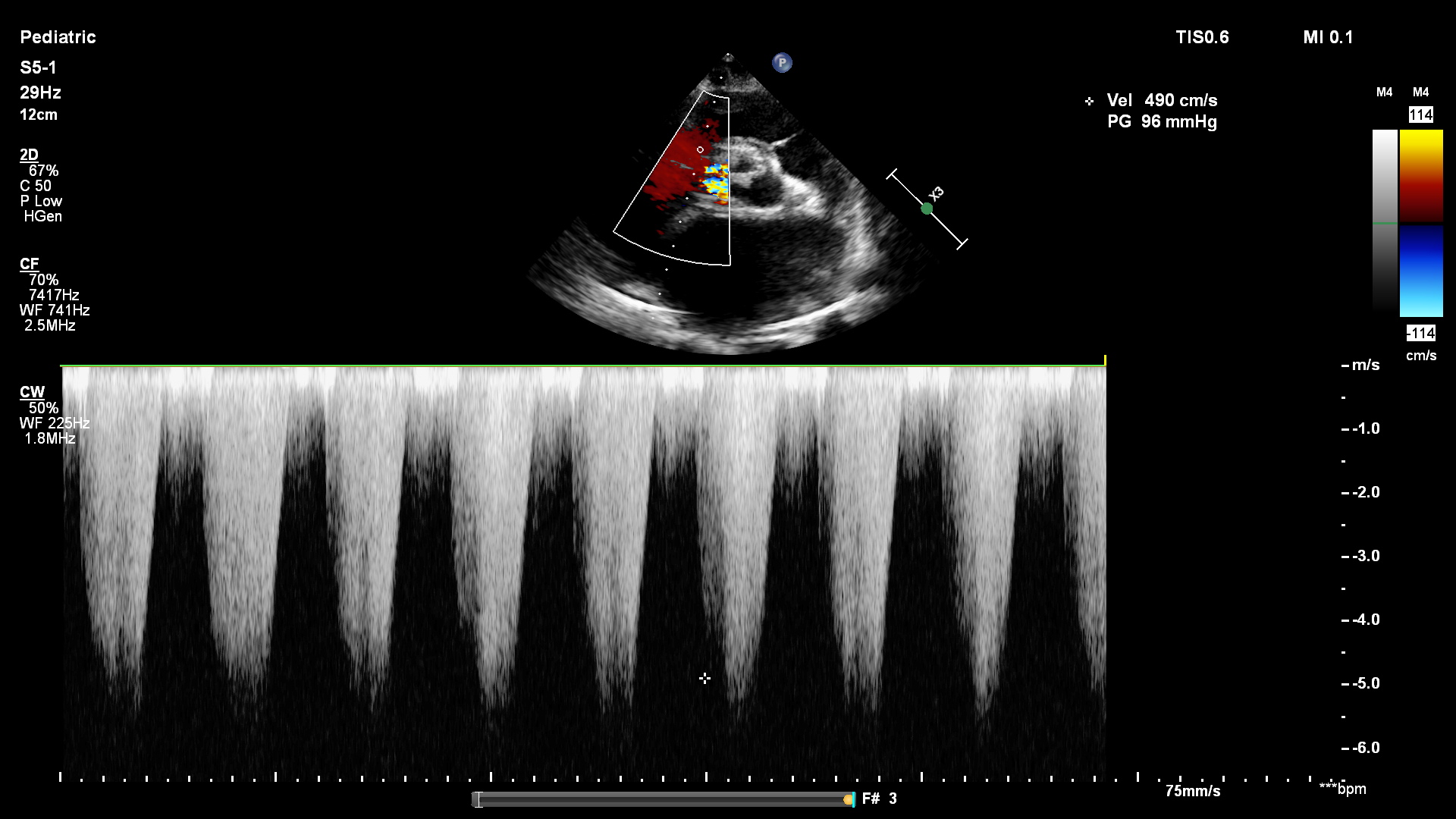
What is pulmonary hypertension?
Rise in blood pressure over and above normal in the arteries in lungs is called as Pulmonary hypertension (PH). As it is a non-remitting disease, patient may experience progressive down hill course.
It is result of progressive narrowing of arteries of lung. In severe cases of PH, small blood vessels in lungs are completely closed. To push blood through constricted blood vessels, right side has to increase pressure and it has to work harder. In advanced cases, the right side of heart enlarges and eventually right heart failure ensues.
Causes
There are five major groups of PH.
Group 1: Diseases affecting blood vessels
True pulmonary arteriolar hypertension can result from 1) some forms of congenital heart disease, 2) connective tissue disease, 3)genetic cause, which may run in family and 4) Idiopathic
Cardiac problems that can lead to Group 1 PH include:
- Patent ductus arteriosus (PDA)
- Ventricular septal defects (VSDs)
- Atrial septal defects (ASDs)
- Transposition of the great arteries etc,
These defects lead to increase in blood flow to lungs at high pressure which ultimately damages blood vessels. Advanced form of disease is called as Eisenmenger syndrome.
PH can be associated with many diseases like 1) Connective tissue diseases, 2) HIV, 3) Drugs, 4) Portal hypertension, 5) thyroid diseases, glycogen storage diseases, myeloproliferative disorders, splenectomy, etc
PH with a genetic cause is very rare and thought to be in the range of 2 to 3 in 1 million people. However, this is seemingly even rarer in children and extremely rare in infants.
Group 2: Left heart diseases
Heart problems that can lead to Group 2 PH include:
- Valvular heart diseases : Mitral stenosis, mitral regurgitation, severe aortic stenosis
- Pulmonary vein stenosis : post operative and rarely native
- Cardiomyopathy : dilated, hypertrophic, etc , (abnormal function of the left heart muscle)
Group 3: Disease of lung
There is abnormality in airways and lung parenchyma.
- Children: chronic lung disease of prematurity (Bronchopulmonary Dysplasia (BPD), lung hypoplasia (small lungs), after repair of congenital diaphragmatic hernia (CDH) or other lung lesions that make the lung small or hypoplastic.
- Adults: COPD, (emphysema, chronic bronchitis) , interstitial lung diseases, alveolar hypoventilation , sleep apnea, etc
Group 4: Pulmonary thromboembolism
Occlusion of blood vessels in lung by blood clots (or thrombosis) leads to pulmonary hypertension. These clots are formed in leg veins and carried to lung along with blood stream ( pulmonary embolism) . In some cases, there is abnormal tendency of blood to form excessive clots. This is a rare cause of PH in adults and children, but it is also often missed.
Group 5: Not specified:
There is a combination of many rare diseases which are not specified but associated with pulmonary hypertension. They include sickle cell disease, histocytosis X, sarcoidosis etc.
Signs and symptoms of pulmonary hypertension
Symptoms are not specific and overlap with variety of other conditions. It frequently delays evaluation pulmonary hypertension.
- Fatigue (usually with activity is the first symptom to develop)
- Difficulty breathing or shortness of breath with activity
- Dizziness
- Fainting/ syncope, especially with activity like running, climbing
- Swelling and/or discoloration in the lower legs or ankles
- Chest pain
- A bluish discoloration of the lips
- Arrhythmia
Consult doctor
Testing and diagnosis
Main aim of testing is to determine cause, asses severity, any other contribution factor, formulate plan of action etc. During your evaluation for PH:
- A thorough physical exam, review if all old medical record, complete echocardiogram (ultrasound of the heart).
- exercise testing and assessment of effort tolerance..
- Blood and few other tests.
- Cardiac catheterization,: It is the gold standard to provide a definitive diagnosis of PH, to determine the severity of PH and guide treatment. During the procedure, a catheter is threaded through blood vessels into the right side of the heart to the pulmonary artery. With this catheter, we measure the pressures in the pulmonary vessels and the blood flow into the lungs to help us determine the severity of the condition and confirm the diagnosis. Certain medications are used during testing so as to asses response to treatment. Catheterization can help to predict disease progression.
Treatment for pulmonary hypertension
First step is to identify and treat underlying problem before you or your child develops permanent and life threatening pulmonary hypertension. For example, if your child has a hole ( VSD / PDA etc) in heart which is causing the PH, closure of same can improve the PH. If heart disease is found during testing, we may be able to treat it or even repair the problem with surgery or trans catheter intervention.
If lung disease is identified as a cause of the PH, we work closely with pulmonologists. However, the earlier we can start treatment, the better our outcomes are going to be.
Treatment of pulmonary hypertension may include:
- Therapies to treat the underlying cause of the vessel damage
- Oxygen : relax the blood vessels in the lung
- Medications : to relax and promote growth of the blood vessels in the lungs
- Anticoagulants that reduce clotting and help blood flow
- Diuretics to reduce the heart failure and the amount of fluid in the body
- Medications so that the heart doesn’t have to work as hard
There is continuous ongoing research in the field of pulmonary hypertension. A variety of medications are approved for adult PH, however, there are only a few available for paediatric patients.
Outlook
Although there is no definitive cure for PH, treatment options have evolved dramatically. We can surely offer better quality and longevity of life. Also, early diagnosis and treatment are most vital for the better long term outcome. Some children or adults with pulmonary hypertension eventually require lung or heart-lung transplantation, but we first use aggressive medical treatments that may improve your child’s health and quality of life.



REPLY COMMENT